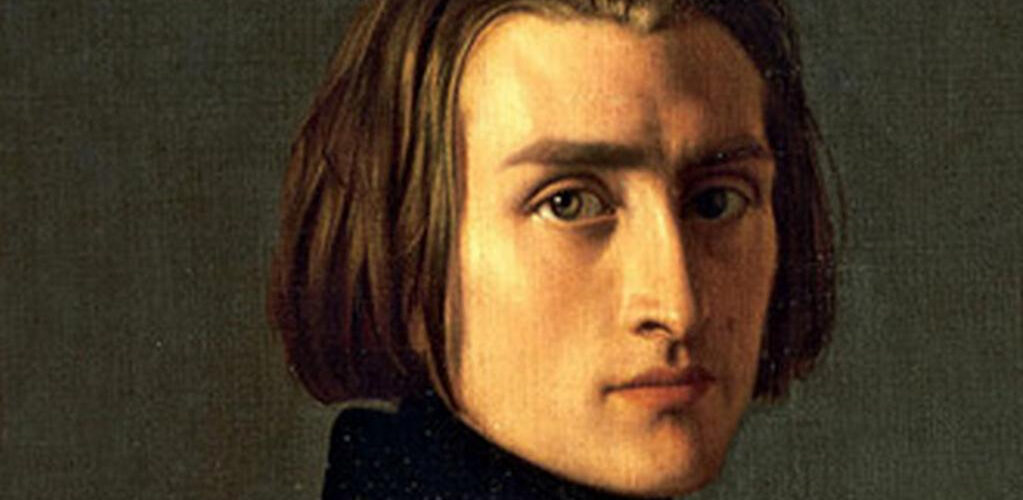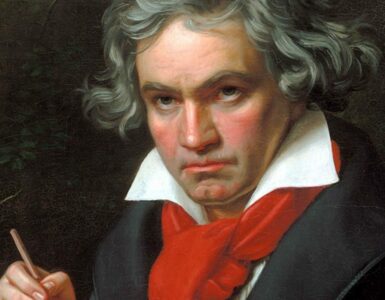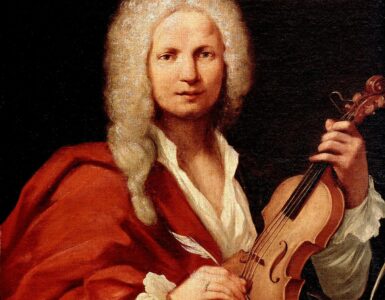In the music world, Liszt is one of the most well-known composers – known for his extremely challenging works. Personally, I enjoy and appreciate his compositions, but when it comes to playing them on the piano, you can count me out. Some musicians even consider him the history’s greatest pianist.
Born Liszt Ferencz (in modern Hungarian, Liszt Ferenc), Franz Liszt (22 October 1811 – 31 July 1886) was a Romantic period composer. A virtuosic prodigy, Liszt was known as one of the Romantic period most important composers.
That said, let us talk about the life and music of Liszt.
Life of Liszt
Liszt was born in Doborján, Kingdom of Hungary (present-day Raiding, Austria) on 22 October 1811. From a young age, Liszt was exposed to music – from his father’s playing, from attending mass, and from the Romani bands travelling around the Hungarian countryside. His father, Adam Liszt, was a pianist, violinist, cellist, and guitarist, serving Prince Nikolaus II Esterházy of Hungary. Liszt started learning how to play the piano when he was seven and began to compose when he was eight.
In his life, Liszt travelled and lived in many parts of Europe. He first lived with his mother in Paris in 1827 after the death of his father. He then moved to Switzerland and Italy with his partner, countess Marie d’Agoult, with whom he had two children, in 1835. However, their relationship failed in 1839. The countess returned to Paris while Liszt went on tour around Europe.
In 1861, Liszt almost married the Polish Princess Carolyne, but the Tsar of Russia, together with her husband, managed to prevent this. It was also around this time that both his son and daughter passed away. He then decided to join the Third Order of Saint Francis. After being invited to conduct master classes in Weimar in 1869, he then travelled between Budapest, Rome, and Weimar until his death.
Five years before his death, Liszt fell down a hotel stairway. Prior to this, he appeared to have been healthy, active, and fit. However, after the accident, he became immobile and never fully recovered. During this time, Liszt developed several complications, including asthma, dropsy, eye cataract, insomnia.
Liszt eventually passed away on the 31st of July 1886, at the age of 74. While his death is officially stated as pneumonia, there may have been complications, including heart disease.
Career of Liszt
Early Career
Liszt began to compose at the age of eight. After wealthy sponsors wanted to pay for his musical education, he then moved to Vienna to learn the piano, with Carl Czerny as his teacher. Antonio Salieri and Ferdinando Paer were also responsible for teaching him composition.
At the age of 11, Liszt debuted in Vienna and both Austrian and Hungarian aristocratic circles greeted him. His family then returned to Hungary in April 1823 before coming back to Vienna in May that year. Liszt’s first works published appeared in Diabelli’s Vaterländischer Künstlerverein. He was the only child composer included.
France
When his father died in 1827, Liszt stayed in Paris together with his mother. Here, he taught students how to play the piano and compose music to earn a living. Unfortunately, he started to smoke and drink here, as he had to work hard to travel long distances since his students lived in different parts of the city.
In 1828, Liszt fell in love with Caroline de Saint-Cricq, one of his students. However, her father, the minister of commerce, did not approve of the affair. He then fell sick and became pessimistic and doubtful of his religion. He began to read to cover up for his lack of education and met many famous authors and artists. During this time, he did not compose anything.
After attending a concert by Niccolò Paganini, Liszt decided to be a great piano virtuoso. He transcribed a few of Berlioz works to help Berlioz, who was suffering from poverty. He also became friends with Frédéric Chopin, who inspired the poetic and romantic aspects of his works.

Europe
During his time with Countess Marie d’Agoult, Liszt taught at the Geneva Conservatory. After falling out with her in 1839, he performed six times in Vienna before returning to Hungary. He then subsequently toured Europe for eight years, while spending time with the countess and his children during the summers before officially separating in 1844.
This was Liszt’s peak as a concert pianist – performing in concerts three to four times a week and being praised everywhere. His fame during this period continued even beyond his retirement. In 1842, the University of Königsberg awarded Liszt an honorary doctorate. While he never used the salutation “Dr.”, this was one of the most important honour to the Germans.
Liszt was also a philanthropist, donating significant parts of his earnings to charity and humanitarian causes. He was sufficiently well to do by the 1850s that he donated all his performing fees afterwards. His beneficiaries included the Hungarian National School of Music, Cologne Cathedral, Leopold Church in Pest, and other smaller donations to charity, hospitals, and schools.
Late Career
Since the 1860s, the Hungarian government has been trying to get Liszt back in Hungary. The parliament eventually nominated him as the president of the Hungarian Royal Academy in 1875. He came in 1876, giving piano lessons, together with a charity concert. However, he did not direct the orchestra or remained in Hungary permanently, often going to Budapest in winter and leaving in spring.

Music of Liszt
Here are some of Liszt’s most important works.
| Genre | Works |
| Études | Étude No. 3 in G-sharp minor (La Campanella), S. 141/3 Étude No. 6 in A minor (Quasi presto, a capriccio), S. 141/56 |
| Hungarian | Hungarian Rhapsody No. 2 in C-sharp minor, S. 244/2 |
| Others | Liebestraum No. 3 in A-flat major, S. 541/3 |
Programme Music
Programme music are works that relate to a theme – an idea, a poem, a scene, or a story. Liszt was a supporter of programme music, which was a rather new concept back then. Since his early days, he has written programme music, such as the preface of his Album d’un voyageur.
Legacy of Liszt
As a teacher, Liszt seldom gave his students technical advice but aimed at improving their musical interpretation. He believed that it is important to preserve the individuality of each musician and avoid creating replicas of himself. On top of that, he did not charge his students for his classes.
While his compositions may have been considered superficial in the past, they continued to influence 20th Century composers. These included fellow Hungarian Bartók, Debussy, and Ravel, who incorporated elements seen in Liszt’s works.
To the musical world, Liszt remains one of the most influential pianists today.





Add comment